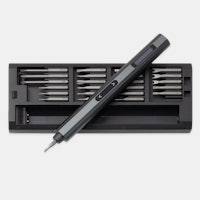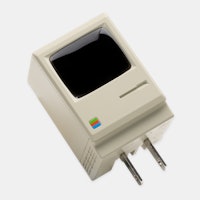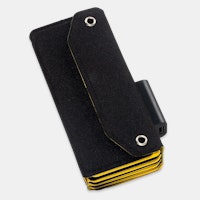Click to view our Accessibility Statement or contact us with accessibility-related questions


PRODUCTS YOU MAY LIKE
Trending Posts in More Community Picks

Graham88
Completely surprised by the lack of blade diversity here on Drop...
I’ve been a collector of Blades since before my teens, and a retailer coming up on 15… or maybe 20 years. Drop has really been kind of an interesting experience for me, because I do occasionally get to see some unusual tech and sometimes EDC items that otherwise I might not have been aware of. And maybe it’s because I have a deep love of cutlery and bladed weapons, but I find myself trolling through the site looking at it what’s available; and it’s just it’s pretty much the same. And the bladed community here is just always confused me.. every single knife is about the same, they’re almost all drop points and although the handle materials change and brands change.. it’s really just the same knife over and over and over again... occasionally you’ll see a tanto or a slight variant; but rarely… and almost never a serrated blade. And I’m just deeply amazed at this diversion of serrated blades. And I’m just surprised there isn’t more of a request for diversity here.... and I...
Mar 12, 2020
JellyDPhoto
Can we get Sony E-Mount or other mirrorless camera options please..
Would be nice to see some Sony E mount full frame cameras on here. I currently shoot with a A99 and they killed the lense path for better or more option lenses and now is all E-Mount. 🤔
Jan 13, 2020
RayF
There Are Pandas, and Then There Are Pandas.
And this isn't either of them! The Pandas we're talking about here, are watches, not bears. And what got me thinking about them (again) was a link posted this morning by @cm.rook who pointed a few of us to the very attractive (and not terribly priced) Yema "Rallygraph" Panda which, in it's most traditional arrangement, looks like the one on the left, but can also be had in the version on the right: The model on the left is a true Panda, while the model on the right is called a reverse Panda. The reason for that distinction is clear--Panda bears, only come in the first arrangement. Now at this point, everyone should be thinking about the most well-know Panda, The Rolex Panda, which is actually a Daytona, and among Rolex Daytonas, the most famous of which is the Paul Newman Daytona, which was famous first, because it was Paul's, and second because it sold at auction for $17.8 million (US Dollars). The story of that auction is well-known so I'll only...
Nov 8, 2019






One question to answer before you get into the rest is how you plan to get the electrical signal off of the mic. If you're plugging it into a computer you have a choice of using your sound card (not my favorite, but it works), using a USB mic (in which case you plug it straight into a USB port), or using an XLR mic with a USB audio interface. If you're using a traditional recording chain, chances are you're looking at XLR mics exclusively. Your answer to this question, more than anything else, will determine what mics are available to you in your price range.
In the USB mic range you've got the ones from Blue (Blue Yeti, Blue Snowball, etc) and from Audio Technica (AT-2020USB), as well as mics from Samson, Marantz, Behringer, and others. The Yeti and the AT2020 are around the same price range, ~$100USD. These are almost all designed for recording the human voice. (If you're not planning to record your voice, that goes back to my first point: different mics are suited for different things.)
If you're planning to go with an XLR mic your options are wider and also open up the possibility of picking up a used mic. I won't go into the whole list of XLR options because it's such a wide field, but I'd be happy to if that's the route you're planning to go.
Keep in mind that for vocals, the acoustical treatment of your recording space will have a larger effect on your recording than the mic itself. Mike Delgaudio (Booth Junkie on Youtube) has done some fantastic demonstrations of this on his channel.